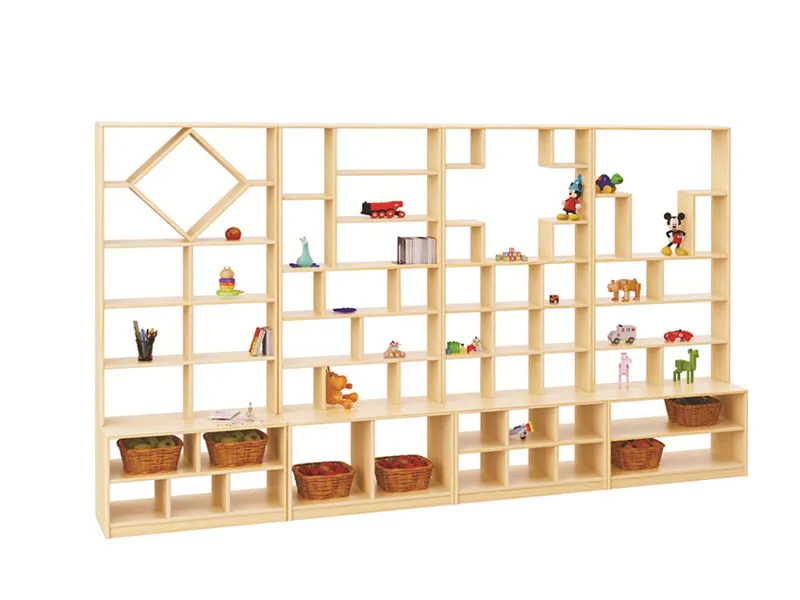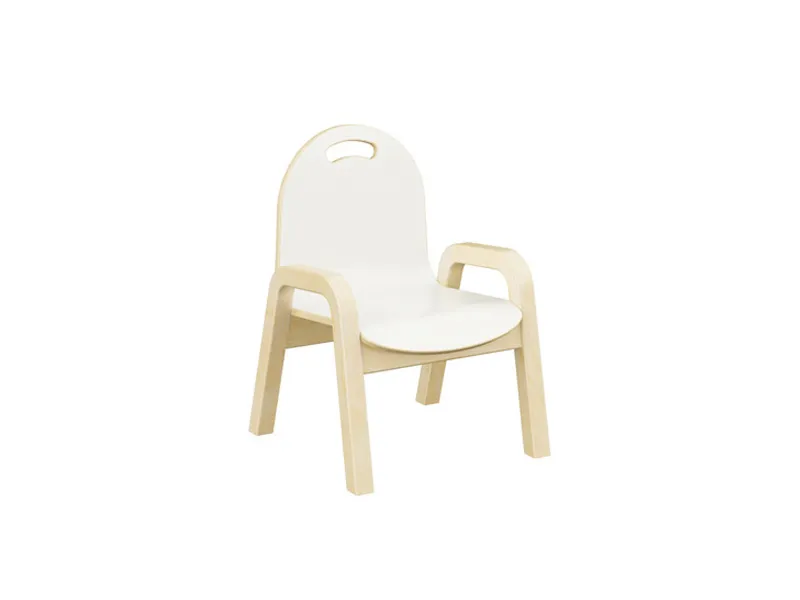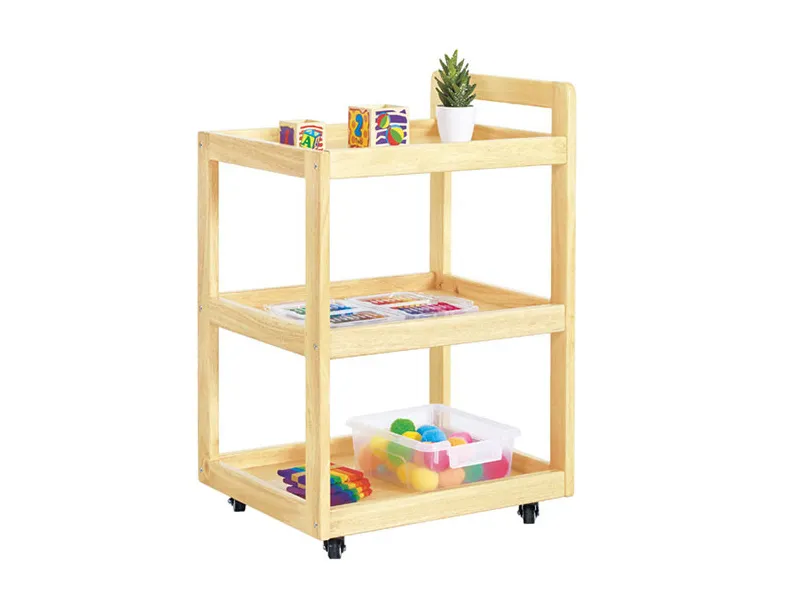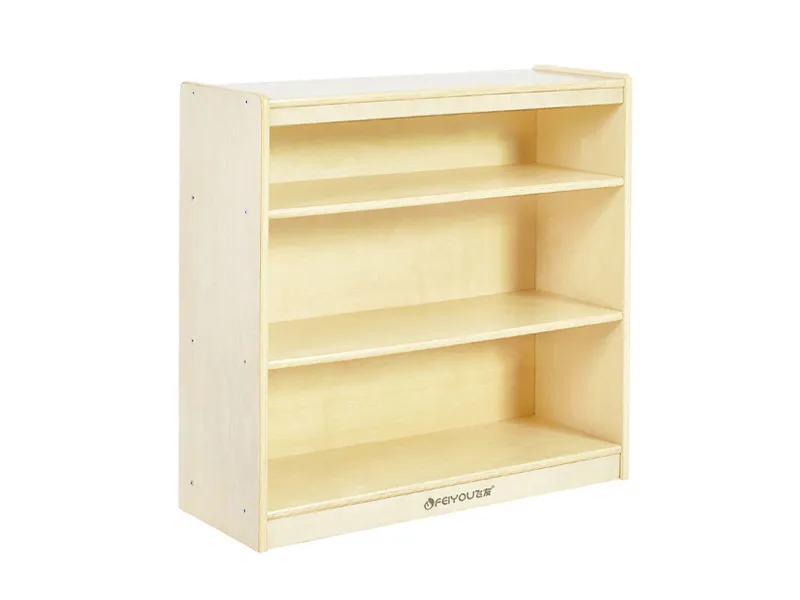Choosing the right kindergarten furniture is essential for fostering an interactive and creative learning environment. Kindergarten Furniture should be safe, durable, and designed with children's needs in mind. Consider pieces that are lightweight and easy to rearrange, allowing for flexible classroom layouts that support various teaching methods.
Ergonomics is important;Kindergarten furniture should accommodate the different sizes of young learners to ensure comfort during activities. Additionally, vibrant colors can enhance mood and stimulate creativity, making the classroom more inviting for children. Incorporating storage solutions helps maintain organization, promoting an independent learning atmosphere. By focusing on these elements, educators can create dynamic spaces that promote engagement and support the development of young minds.

Choosing the Right Kindergarten Furniture for Dynamic Classrooms
When choosing Kindergarten furniture, it’s important to consider both functionality and aesthetics. Look for pieces that can be easily rearranged to facilitate various activities, allowing spaces to adapt to different teaching methods.
Additionally, prioritize safety by selecting rounded edges and non-toxic materials. Comfort is also key; chairs and tables should accommodate young children’s heights for better posture during activities. Incorporating elements like adjustable seating can ensure children remain comfortable as they grow.
Moreover, Kindergarten furniture that incorporates storage solutions, such as cubbies or bins, helps keep the learning space organized and clutter-free. Effective organization contributes significantly to minimizing distractions, allowing young learners to focus better on their tasks.
In summary, considering these factors will ensure you create a dynamic classroom that fosters creativity and learning through carefully chosen kindergarten furniture.
Key Features of Engaging and Functional Kindergarten Furniture
When selecting kindergarten furniture, several key features contribute to a supportive learning environment. First, Kindergarten furniture should be easy to move, allowing flexibility in classroom layouts to accommodate various activities. Lightweight materials help teachers quickly rearrange spaces as needed. Second, safety is paramount; rounded edges and stable designs minimize risks of injury during play or learning sessions.
Moreover, height-adjustable tables and chairs ensure that Kindergarten furniture suits children of different ages and sizes, promoting ergonomic comfort. Incorporating vibrant colors and playful designs can stimulate creativity while enhancing mood, making the classroom a more inviting space. Durable materials that withstand wear and tear are essential, as they reduce the frequency of replacements and associated costs.
The following table summarizes these key features:
|
Feature
|
Description
|
|
Mobility
|
Lightweight for easy rearrangement
|
|
Safety
|
Rounded edges and stable construction
|
|
Ergonomic Adjustability
|
Height-adjustable tables and chairs
|
|
Aesthetic Appeal
|
Use of vibrant colors and playful designs
|
|
Durability
|
Materials that withstand daily use
|
By prioritizing these characteristics, kindergartens can create environments that not only promote learning but also foster an engaging atmosphere for young children.

Transforming Learning Spaces with Essential Kindergarten Furniture
Creating an engaging learning environment begins with the right Kindergarten furniture choices that promote interaction and creativity. These adaptable pieces encourage group work and socialization among children, fostering collaborative skills.
- Essential kindergarten furniture includes items like movable tables and chairs, which allow for flexible seating arrangements to accommodate various activities.
- Additionally, incorporating elements such as bright rugs can define learning areas and provide comfort during story time or lessons.
- Utilizing storage solutions like bins and shelves also helps keep the classroom organized, making it easier for children to access resources independently.
By strategically selecting these essential pieces, educators can transform learning spaces into vibrant areas that inspire exploration and growth in young learners.
The Role of Colorful Kindergarten Furniture in Early Education
Colorful kindergarten furniture plays a significant role in enhancing the learning experience for young children. Vibrant colors stimulate visual senses, making the classroom more inviting and engaging. This visual differentiation supports cognitive development as children learn to navigate their surroundings effectively.
1. Brightly colored chairs, tables, and storage units can capture a child's attention, encouraging exploration and interaction with their environment.
2. Using varied colors can help in categorizing spaces for different activities, allowing children to associate specific areas with play, learning, or relaxation.
3. Incorporating a variety of hues fosters inclusivity and personal expression, enabling children to connect with their space emotionally and creatively.
This engagement through color ultimately contributes to a positive ambiance essential for early educational settings.

Top Recommendations for Kindergartens: Must-Have Furniture Pieces
Begin with sturdy tables and chairs, adjustable to accommodate varying heights, ensuring comfort during group activities. Incorporating sensory tables can enhance learning through interactive play, while bookshelves tailored to children's reach promote literacy and independence.
Additionally, soft seating such as bean bags or cushions creates cozy reading corners that invite exploration. Storage solutions like bins and cabinets help maintain organization, making it easier for young learners to access materials independently. Incorporate multi-functional pieces, like art stations that double as storage for supplies, to maximize space without sacrificing functionality.
These essential Kindergarten furniture choices lay the foundation for an engaging and dynamic learning environment.
Integrating Comfort and Style in Kindergarten Classroom Furniture
Choosing the right kindergarten furniture is crucial for creating a welcoming atmosphere that supports learning. Comfort should be prioritized, as children spend significant time seated or engaging with various activities. Ergonomically designed chairs and tables at appropriate heights help promote healthy posture, enabling young learners to focus better. At the same time, style plays a vital role in maintaining a visually stimulating environment. Bright colors and fun shapes can enhance creativity and encourage active participation. Combining these elements leads to an inviting space where students feel at ease while also being inspired to explore and learn.
Thoughtful selection of Kindergarten furniture marries functionality with aesthetics, ensuring that classrooms remain both practical and visually appealing for the dynamic exploration of ideas.

Creating Stimulating Environments with Innovative Kindergarten Furnishings
Flexible seating options, such as bean bags and modular Kindergarten furniture, allow children to choose their comfort, fostering both individual focus and collaborative activities. Additionally, furniture that incorporates storage solutions helps keep the classroom organized and encourages young learners to take responsibility for their space. Interactive elements like chalkboard tables or sensory play stations invite exploration, stimulating curiosity and creativity.
Moreover, adjustable Kindergarten furniture supports diverse learning styles, accommodating various activities from quiet reading to energetic group work. By thoughtfully selecting innovative furnishings, educators can create inviting spaces that enhance participation and promote a love for learning.
Guidelines for Purchasing Quality Kindergarten Furniture for Learning Spaces
When selecting kindergarten furniture, prioritize safety and durability.
1. Durable Non-Toxic Materials: Withstand active use while ensuring child safety.
2. Ergonomic Design: Accommodates diverse body sizes for continuous comfort and support.
3. Multifunctional Versatility: Adapts to varying learning activities and classroom configurations.
4. Easy Maintenance: Features washable fabrics and stain-resistant surfaces for effortless upkeep.
Lastly, budget wisely—investing in quality Kindergarten furniture may seem costly upfront but can provide long-lasting benefits for the learning environment.
Conclusion
Selecting the appropriate kindergarten furniture is vital in crafting an engaging learning environment for young learners. Each piece—from chairs and tables to storage solutions—plays a significant role in facilitating interaction and fostering creativity.
Prioritizing safety, comfort, and functionality ensures that children can explore and learn without unnecessary distractions. Innovative designs that encourage adaptability allow educators to create spaces that cater to various activities, enhancing both collaboration and independence. By thoughtfully incorporating colorful and ergonomic Kindergarten furniture, kindergartens can support cognitive development and emotional well-being, providing children with a welcoming space that inspires their educational journey.
This holistic approach to Kindergarten furniture selection ultimately creates a vibrant atmosphere essential for nurturing young minds.
Act now!
Contact our customer service team for free shopping guides and the latest product catalogs!